By Austin Baker
Ventilation Director, Hog Slat Inc.
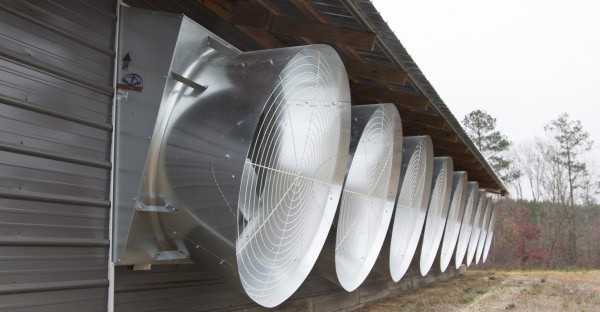 WindStorm 54" fans
WindStorm 54" fans
As the industry continues to increase wind speeds in broiler houses, we need to be mindful of maintaining a balance in a tunnel ventilation system. A ventilation system operating at a high static pressure does not necessarily mean it is optimized for wind speed.
I was recently called on to troubleshoot the ventilation system on a new broiler farm. The owner was concerned because the static pressure in the new buildings was running between .10" and .14" while the static pressure in several older buildings of similar size was closer .20" - .22”. He suspected the fans in the newer buildings might not be operating correctly and not delivering their maximum ventilation rates.
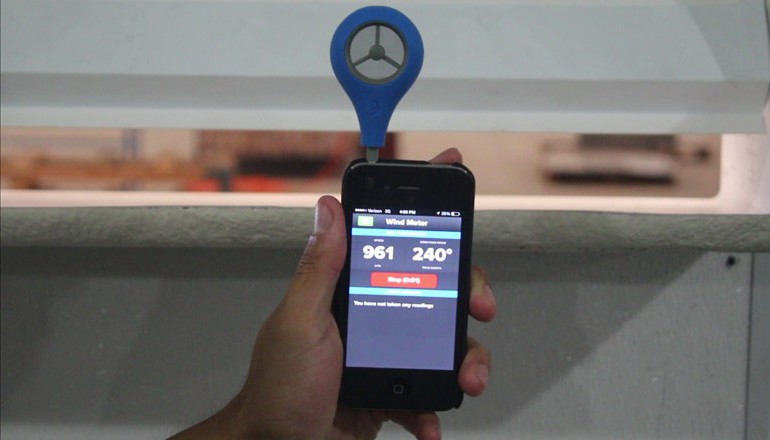 Inexpensive WeatherFlow wind meter for smartphones
Inexpensive WeatherFlow wind meter for smartphones
We selected a spot 50' in front of first tunnel fan and recorded a reading of 715 fpm with a static pressure of .22" in the older facility. In the new building recordings from a similar location registered 805 fpm with a static pressure of only .14”. In other words, the new house was operating with a lower static pressure but still delivering almost 100 fpm higher wind speed.
In fact, we were able to increase wind speed and reduce the static pressure in the older house by shutting off two fans. The static pressure went down to .12", and the wind speed accelerated to 770 fpm.
Here's a simple test to perform in any house to find the balance point. Put the house in full tunnel mode and pick a spot 50’ in front of your fans to measure wind speed. Take a measurement with all fans running and then turn off a fan. Go back to the original measuring point and take another reading. If the wind speed went down then, the system is operating correctly. If it stayed the same or went up, then continue the process until you see a drop in airspeed. This exercise will tell you if you need to take action to correct the restrictions on the system. For example, cool cell pads may be clogged or not sized correctly, or the tunnel doors are restricting the airflow.












 Україна
Україна Méjico
Méjico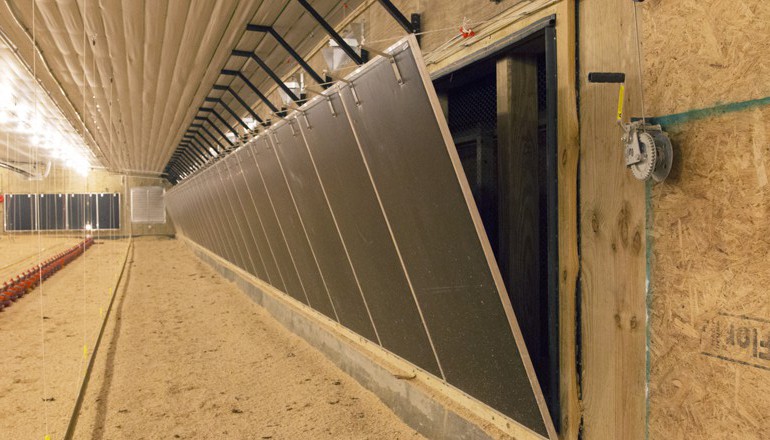
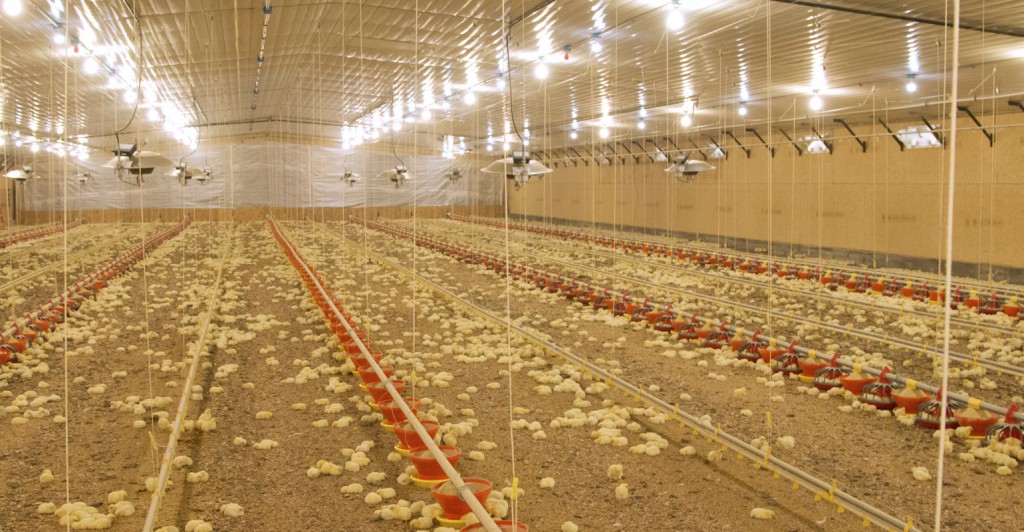
 Heating pattern for
Heating pattern for 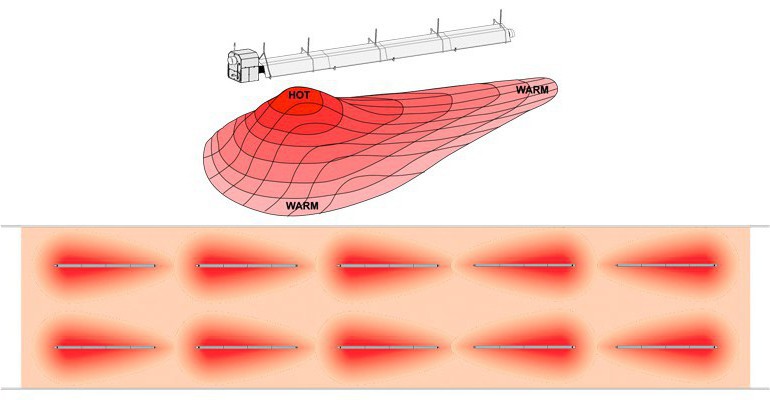 Heating pattern for
Heating pattern for  Heating profile of
Heating profile of 


